CVS have launched a new disposable digital camera with a 1.4” TFT preview screen. Customers can new take up to 25 pictures, preview them, delete the ones they don’t like and take it back to a CVS store for printing.
The camera is fully functional and features an automatic flash, self timer and automatic exposure all for US$19.99 (€16.27). Digital cameras have come from being expensive high technology items to throw away entertainment items very quickly indeed.
Now, I know these things aren’t really disposable – they get recycled and sold onto the next person, and the advantage is that they’re cheap and you don’t worry about losing them. The key difference between this camera and a non-disposable camera is that there’s no way for the end-user to get their pictures off – they have do trot down to CVS and hand the camera back. That US$20 you’re paying isn’t really for the camera – it’s essentially a deposit. I give it a week before someone reverse engineers the electronics in the CVS camera and works out a way for consumers to get the data off.
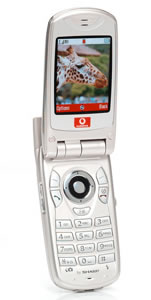 Vodafone has beaten the rest of the market to be the first to bring a mega-pixel camera to Europe. In a further development of their relationship with Sharp, it will be Sharp GX30.
Vodafone has beaten the rest of the market to be the first to bring a mega-pixel camera to Europe. In a further development of their relationship with Sharp, it will be Sharp GX30. 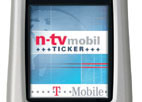 T-Mobile, the worlds second largest mobile phone service provider, has launched a service in Germany enabling their subscribers to watch television over GPRS to their mobile phones. A first for Germany, the service with the very catchy name, “n-tv mobile live TV”, will initial be offering a live stream of news direct to the handsets that have the Real player installed. Currently their Windows-based PDA offerings, T-Mobile MDA or T-Mobile MDA II and Symbian Series 60-based platforms, Nokia 3650, a Nokia 6600 and Nokia 7650 support this.Interestingly there will be no additional charges made on top of the cost of GPRS data transmission, although it should be noted that video is the most dense and bandwidth hungry form of data.This new service follows hard on the heals of a deal between T-Mobile and Kodak that enables their subscribers to send MMS-photographs or other digital photos to be printed at Kodak then deliver via post. To use “Fotoservice”, some software has to be installed on the Symbian-based handset that uploads the images to a private storage area. Given the current low resolutions of phone-based camera, there is an option to place a number of photos on the same 10×15 print.
T-Mobile, the worlds second largest mobile phone service provider, has launched a service in Germany enabling their subscribers to watch television over GPRS to their mobile phones. A first for Germany, the service with the very catchy name, “n-tv mobile live TV”, will initial be offering a live stream of news direct to the handsets that have the Real player installed. Currently their Windows-based PDA offerings, T-Mobile MDA or T-Mobile MDA II and Symbian Series 60-based platforms, Nokia 3650, a Nokia 6600 and Nokia 7650 support this.Interestingly there will be no additional charges made on top of the cost of GPRS data transmission, although it should be noted that video is the most dense and bandwidth hungry form of data.This new service follows hard on the heals of a deal between T-Mobile and Kodak that enables their subscribers to send MMS-photographs or other digital photos to be printed at Kodak then deliver via post. To use “Fotoservice”, some software has to be installed on the Symbian-based handset that uploads the images to a private storage area. Given the current low resolutions of phone-based camera, there is an option to place a number of photos on the same 10×15 print.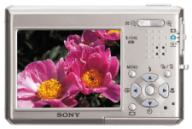 Up until now, most pocket-sized cameras have compromised on the features that they offered, now Sony has announced a five mega pixel camera, the Cyber-shot DSC-T1.
Up until now, most pocket-sized cameras have compromised on the features that they offered, now Sony has announced a five mega pixel camera, the Cyber-shot DSC-T1. 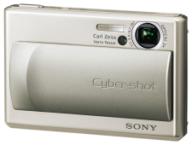 it takes one 5mp image a second and can capture four high-speed burst shots in less than two seconds.
it takes one 5mp image a second and can capture four high-speed burst shots in less than two seconds.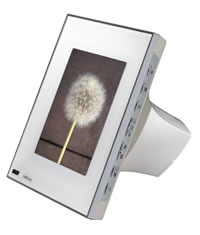 Back in 1999, Sony brought out the first digital photo frame, not that you would probably know about it as there aren’t that many around – it cost $900. Since then many more companies have brought them out for considerably less that Sony’s initial offering, many of them new companies but also from more well know brands such as Kodak.
Back in 1999, Sony brought out the first digital photo frame, not that you would probably know about it as there aren’t that many around – it cost $900. Since then many more companies have brought them out for considerably less that Sony’s initial offering, many of them new companies but also from more well know brands such as Kodak.